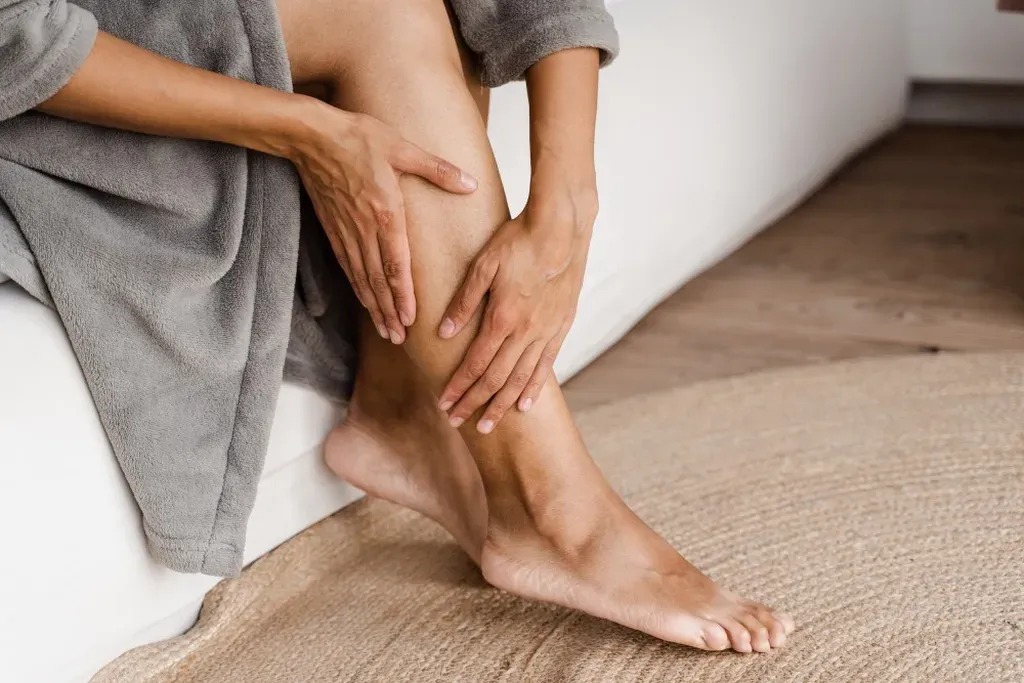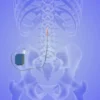Leg pain is extremely common. More than a third of Americans report experiencing leg pain within any three months.
Many factors can contribute to leg pain, including problems affecting your musculoskeletal, nerves, and vascular systems. While it’s tempting to think that leg pain only affects active people, anyone can have symptoms — even people who lead sedentary lives.
At Advanced Spine and Pain Center, our team helps patients relieve leg pain with custom medical treatments and “home remedies” that relieve current symptoms and prevent future symptoms. In this post, learn nine things you can do to help your legs feel better.
1. Rest
Many types of leg pain respond to a change in activity—specifically, some extra R&R. Rest your legs when you can, and if you must use them, try taking breaks or using a cane or other assistive device to give them a break.
2. Elevation
“Put your feet up”: It’s not just about relaxing — it’s good for your legs, especially if you have leg pain. Putting your legs up helps relieve inflammation and takes the pressure off your legs. If your leg pain is due to sciatica, putting your legs up can also help take pressure off your sciatic nerve.
3. Over-the-counter pain medicine
Over-the counter nonsteroidal anti-inflammatory drugs (NSAIDs) help relieve inflammation that can be the root cause of many types of pain. Non-prescription pain relievers make it more comfortable to do the activities that can otherwise be uncomfortable.
4. Ice packs
Ice is another great way to reduce inflammation and internal swelling, which can lead to pain and stiffness. Wrap a bag of frozen peas or loose ice cubes in a cloth and apply it to your leg for 15 minutes several times throughout the day to get the maximum benefits. You can also invest in an ice pack designed to conform to the contours of your leg.
5. Heating pad
Some injuries, like muscle strains and overuse injuries, respond well to heat therapy. Use a heating pad or warm compress to improve circulation and speed natural healing. You can also try alternating an ice pack with heat therapy.
6. Warm bath
Moist heat penetrates deeper layers of tissue and can be especially effective in relieving muscle strain. Some therapists claim Epsom salts added to bath water increase the muscle-relaxing benefits.
7. Massage
Massage is a great way to relax stiff, sore muscles. By promoting circulation, it can also help with healing. Use your fingers to apply firm pressure to sore areas, or invest in a foam massage roller or a powered massager for deep tissue action.
8. Gentle stretching
Stretching is a key part of physical therapy; the best part is that you can do gentle stretching at home, too. Stretching relieves muscle tension and improves circulation. Start slowly, don’t strain your muscles, and always stop if discomfort worsens.
9. Wear supportive shoes
Your shoes affect your feet, legs, and back. While your legs hurt, avoid wearing high heels or shoes without arch and ankle support. Once you’re back to regular activity, choose shoes for specific activities to ensure your feet, legs, knees, and lower back all receive the support they need to prevent pain in the future.
While home care can help improve leg pain symptoms, seeking medical treatment at the first sign of symptoms is essential. Our team can tailor your therapy to the underlying cause of leg pain, preventing complications that can lead to long-term disability.
If you’re having leg pain, don’t delay seeking care. Book an appointment online or over the phone with the team today at our three locations in San Antonio, Texas.





